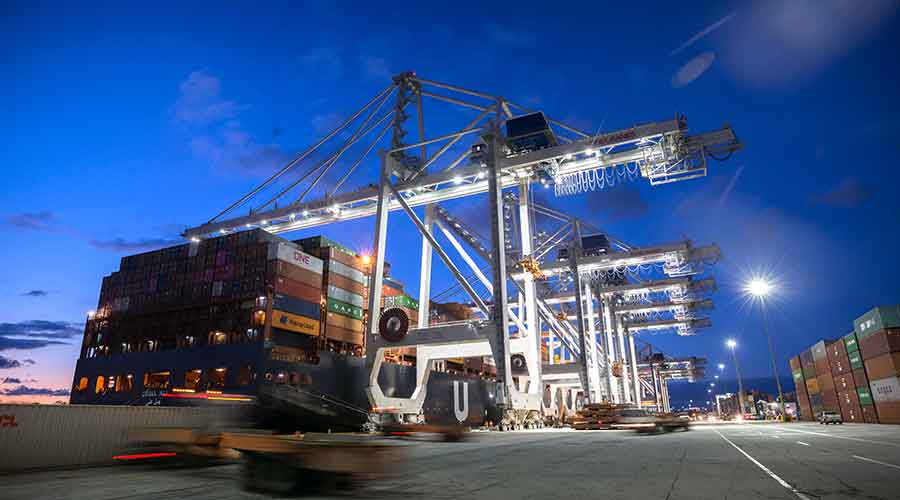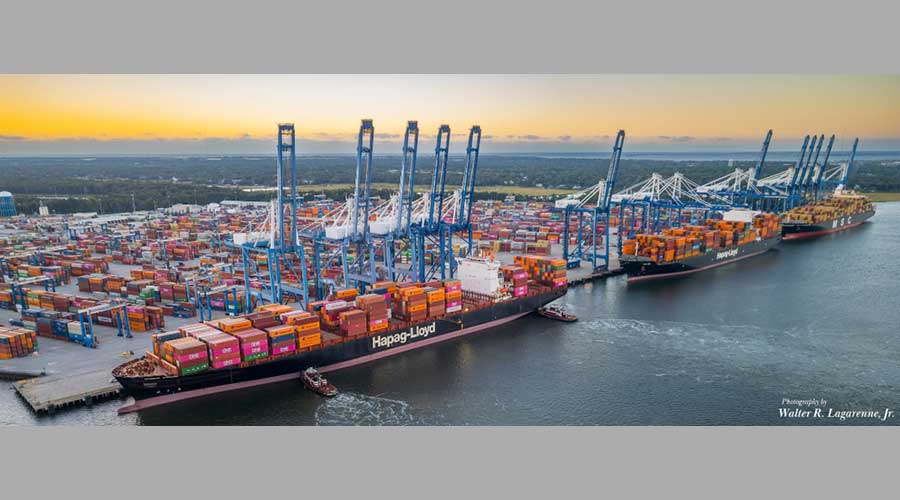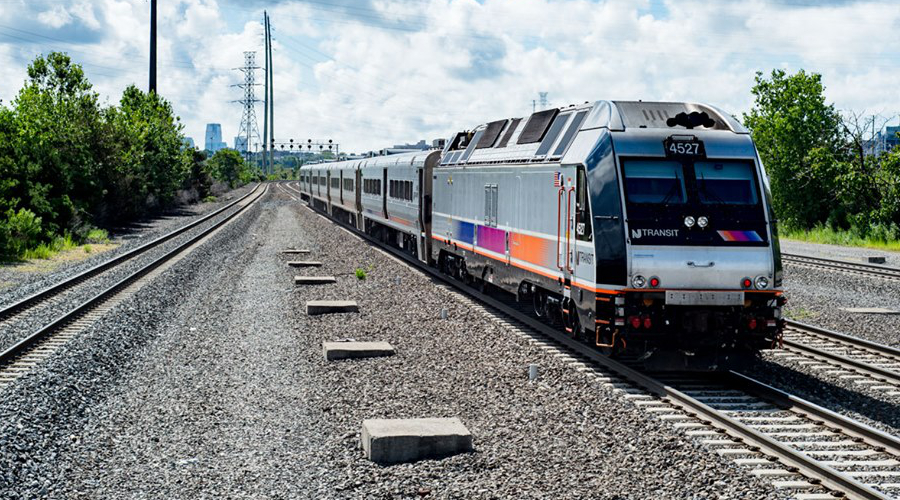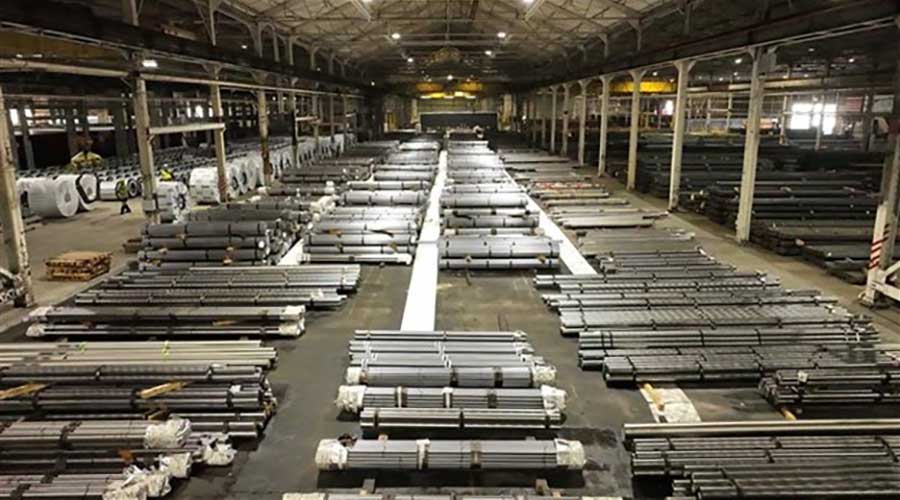Stay updated on news, articles and information for the rail industry
5/30/2019
Rail News: Intermodal
Savannah port, St. Louis Regional Freightway partner to offer lower-cost rail service

The Port of Savannah and the St. Louis Regional Freightway have forged a partnership to create a new connection between the St. Louis region and the largest single-terminal container facility in the Western Hemisphere.
The port is investing $3 billion to increase its containerized cargo capacity from 5 million to 8 million 20-foot equivalent units (TEUs) by 2028. An important component of the plan is a new $220 million rail terminal that will be the largest on-terminal rail facility in North America by 2020. The port's investment is aimed at accelerating the nation's third busiest container gateway to better support retailers and manufacturers in distributing more goods to and from the Midwest.
Port of Savannah leaders have identified the St. Louis region as a key import-export market to which containers can consistently be distributed at a lower cost for shippers, St. Louis Regional Freightway officials said in a press release.
"I cannot overstate the potential of this new partnership and the opportunities it can create to develop stronger links between our region's world-class freight capabilities and national and global supply chains," said Mary Lamie, executive director of the St. Louis Regional Freightway.
The rail expansion at Garden City Terminal is designed to improve efficiency and double terminal rail lift capacity to about 1 million containers per year. The unit train capacity on the terminal will enable CSX and Norfolk Southern Railway to deliver faster and more frequent rail service to Midwest markets, including St. Louis. Both Class Is provide a direct link between the port and the St. Louis area.
The new rail service will be an attractive alternative to shipping by rail from the West Coast to St. Louis, said John Trent, senior director of strategic operations and safety at the Georgia Ports Authority — which operates the Savannah port — in a keynote address to the St. Louis Regional Freightway Industry Forum held May 23.
Trent cited recent research that revealed the cost to shippers using the new service would be $300 to $400 less per each container moved.
“We offer a premium, lower cost option and, in addition, we provide that consistency,” Trent said. “We believe we have a viable solution to not only support existing business in the St. Louis region, but also to grow business in the St. Louis region.”


 2025 MOW Spending Report: Passenger-rail programs
2025 MOW Spending Report: Passenger-rail programs
 Gardner steps down as Amtrak CEO
Gardner steps down as Amtrak CEO
 Guest comment: Oliver Wyman’s David Hunt
Guest comment: Oliver Wyman’s David Hunt
 Women of Influence in Rail eBook
Women of Influence in Rail eBook
 railPrime
railPrime








